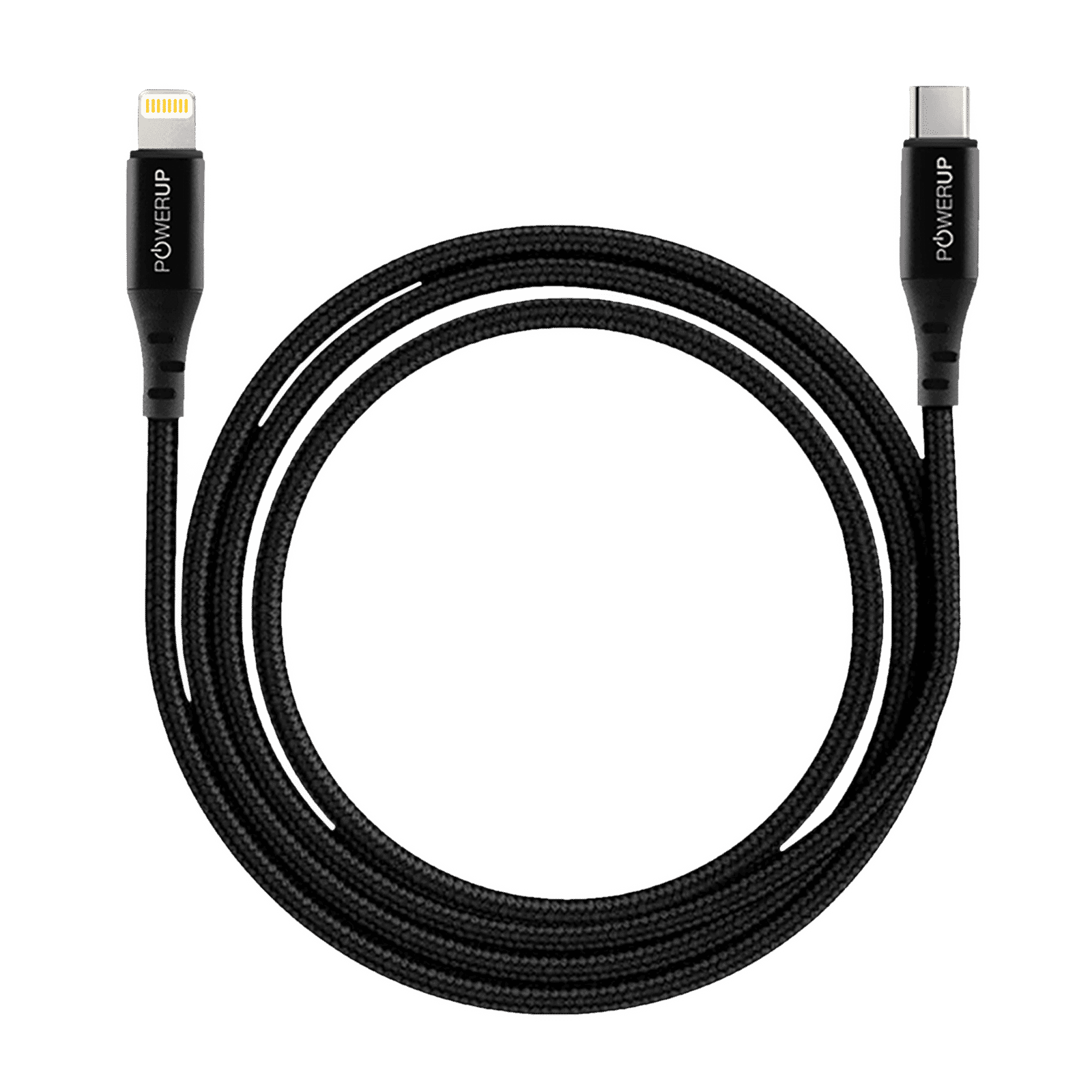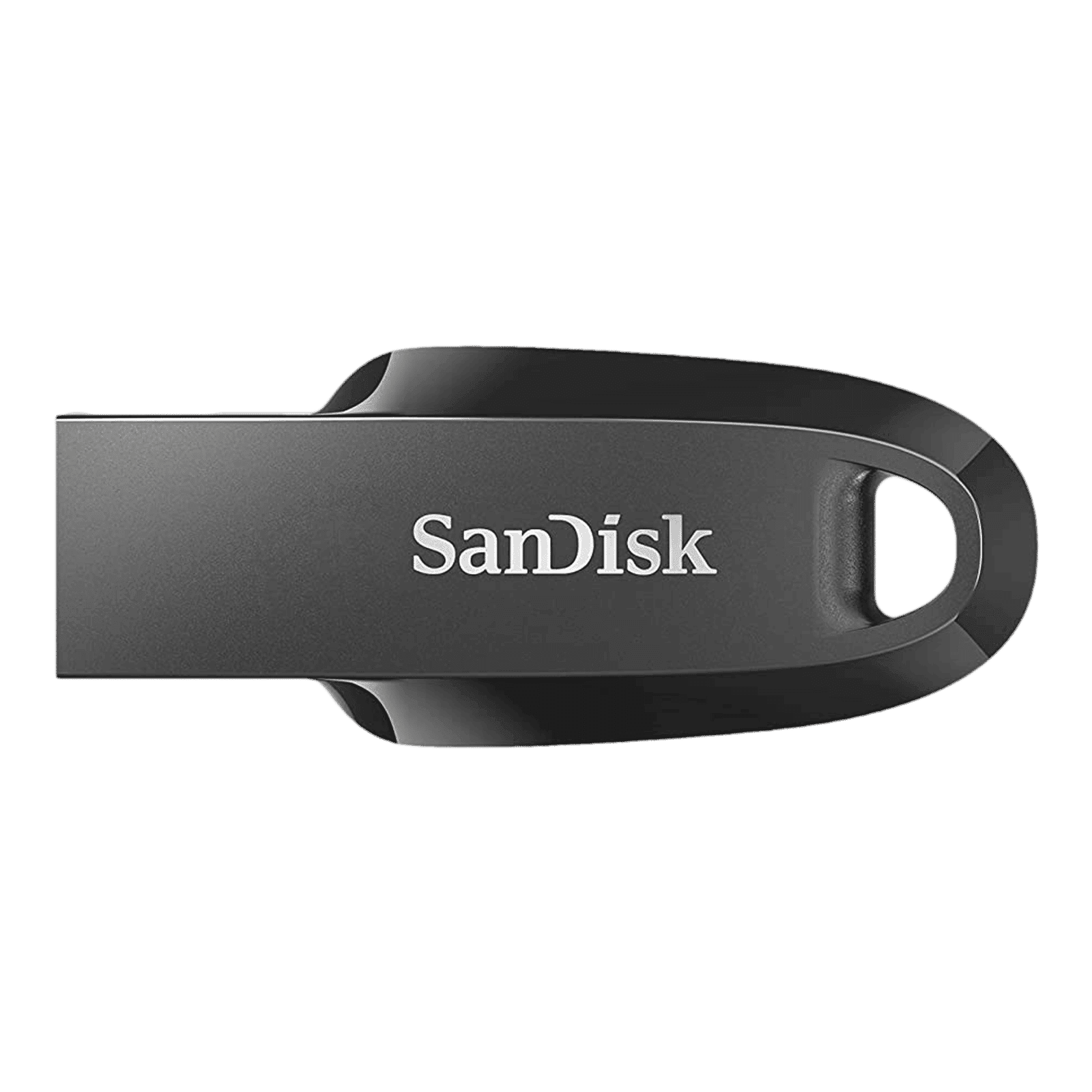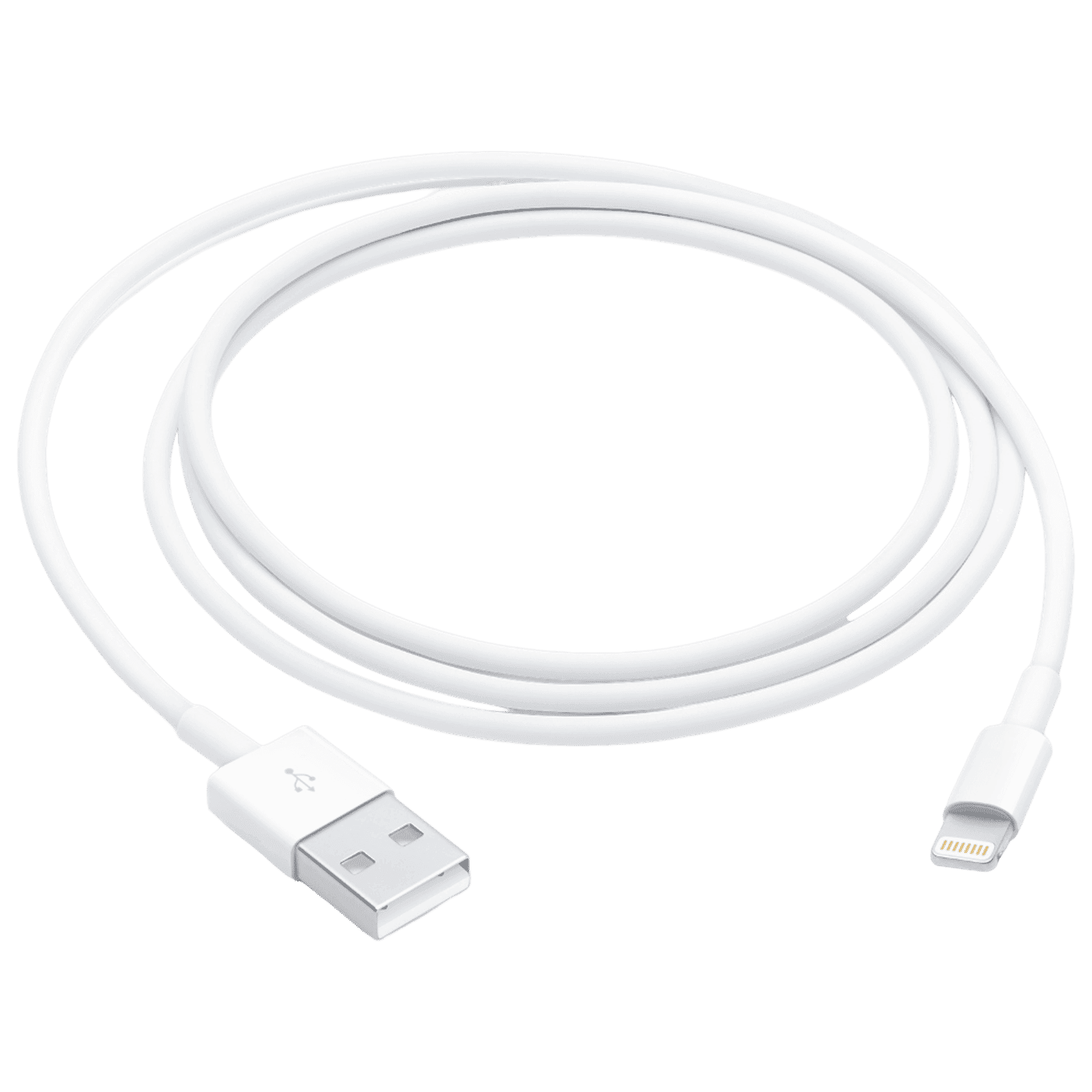%20(Presentation)%20(1600%20x%20600%20px)(72)-88ae8c38-8e16-410e-9652-686fd4d103b7.webp&w=3840&q=75)
Consumer Electronics
•05 min read

Buy POWERUP Type C to Lightning 4.92 Feet (1.5M) Cable (Fast Charge and Data Sync, Black) online at best prices from Croma. Check product details, reviews & more. Shop now!
Imagine a world where your devices charge faster, transfer data seamlessly, and maintain compatibility across generations. Lightning USB technology has transformed the way we connect our devices, ushering in a new era of convenience and efficiency. In this checklist-like guide, you will explore the essential aspects of what is Lightning USB, its lightning cable features, and practical insights into its benefits. Whether you are curious about charging, data transfer speeds, security features, or the compatibility of your iPhone accessories, this comprehensive checklist will equip you with the knowledge to make informed decisions for your digital lifestyle.
Lightning USB is a proprietary connector designed by Apple, engineered to connect Apple devices such as iPhones, iPads, iPods, and even select accessories like AirPods. Introduced by Apple in 2012, the Lightning USB connector replaced older, bulkier connectors with a sleek, compact design. It offers a reversible design, which means you no longer have to worry about the orientation of your cable when plugging it in. This innovation not only simplifies daily use but enhances the overall user experience by providing safer and more efficient charging and data transfer capabilities.
The differences between Lightning and older USB connectors, such as USB-A and more modern variants like USB-C, are significant. While USB cables have long been a universal standard across various electronic devices, Lightning cables are uniquely designed to work within the Apple ecosystem. The advantages of a Lightning connector include a compact size and enhanced security features. For instance, built-in authentication chips help prevent the use of counterfeit accessories, ensuring the safety and longevity of your Apple devices.
One of the most celebrated features of Lightning USB technology is its compact, reversible design. This allows for easy insertion without worrying about orientation, reducing wear and tear over time. The technology also supports high-speed data transfer and rapid charging, making it an indispensable tool for keeping your devices powered up and connected throughout your busy day. With these capabilities, it is no wonder that many consider it a must-have accessory for Apple users.
When you think about lightning cable benefits, one of the standout attributes is its robust compatibility with a wide range of Apple devices. Whether you are charging your iPhone or syncing your iPad with your computer, the integrated design ensures seamless connectivity. Furthermore, the versatile design means it can also function with docks, adapters, and other peripherals. Luxury is found in the assurance of safety and consistency, enhancing the overall reliability of your tech ecosystem.
The market offers several variations of Lightning cables to suit different needs. Standard Lightning cables continue to serve the everyday charging and data transfer requirements, whereas the USB-C to Lightning cables allow for faster data interaction when interfaced with newer systems. For those who require flexibility in tight spaces, coiled Lightning cables offer durability and ease of use. There are even specialized cables like Ethernet-to-Lightning options designed for niche applications, which exemplify the adaptability of this technology to various consumer needs.

Buy SanDisk Ultra Curve 128GB USB (3.2) Pen Drive (Compact Design, Black ) online at best prices from Croma. Check product details, reviews & more. Shop now!
Lightning USB's utility is underscored by its broad compatibility with Apple products. Whether you have the latest iPhone model, an established iPad, or even an older iPod, Lightning connectivity remains fundamental to efficient device operation. As technology evolves, adapters have been introduced to bridge the gap between traditional Lightning ports and newer interfaces such as USB-C. These practical solutions ensure that even if technology standards shift, your device connectivity continues to offer dependable performance.
Lightning adapter uses are as varied as they are essential. Frequently, users require a means to connect lightning-enabled devices to contemporary interfaces such as HDMI displays or modern audio equipment. In scenarios involving MacBooks or external monitors, the availability of adapted connectivity means your Apple devices continue to integrate seamlessly with your broader tech setup. This adaptability not only extends the usability of your existing gadgets but also secures your investment in Apple’s ecosystem, underlining the thoughtful design behind every accessory.
High-quality materials are at the heart of Lightning cable design. Many cables incorporate robust materials like braided nylon and reinforced plastic to ensure they can withstand everyday handling. This emphasis on durability means that even with frequent use, your Lightning cable remains reliable, offering a trusted solution for your charging and data transfer needs. The carefully engineered design minimises wear, making your tech life both smoother and more sustainable.
While USB charging standards such as USB-A and USB-C continue to dominate the market by offering diverse functionalities, Lightning USB technology is specifically optimised for Apple devices. The proprietary charging protocols ensure that devices receive the most efficient and safe power input available. This emphasis on user safety through controlled charging mechanisms makes Lightning USB an enduring choice for those who seek optimized performance for their Apple devices, even if newer universal standards are gaining traction.
Insight Corner: "Did You Know?"
Did you know that Lightning cables feature an exclusive authentication chip that prevents damage to your device from counterfeit accessories? Always look for MFI-certified Lightning cables to ensure safety and performance.
Deciding between a Lightning connector and a USB-C port depends on the specific requirements of your devices and the unique technology ecosystems you navigate. USB-C connectors are known for their universal applicability, offering high-speed data transfer and adaptability across various brands. However, the proprietary nature of Lightning connectors means they are tailored to meet the specific needs of the Apple environment, offering added security and reliability. The decision ultimately hinges on the balance between universal compatibility and specialised performance.

Buy Apple Type A to Lightning 3.2 Feet (1M) Cable (Reversible Design, White) online at best prices from Croma. Check product details, reviews & more. Shop now!
The future of connectivity may witness a gradual adoption of USB-C across more Apple devices, aligning with global standards. However, the distinctive features of Lightning USB remain relevant, particularly for existing Apple users. As emerging tech trends develop, the integration of these diverse connectivity options ensures that consumers always have reliable and optimised choices to complement their digital lives.
Understanding the difference between Lightning and USB, and recognising the unique advantages of Lightning USB, empowers you to make smarter choices about your technology accessories. Whether it is the trusted durability of a lightning cable for iPhone or the versatile lightning adapter uses in your tech setup, reliability and efficiency are the cornerstones of this technology.
Lightning to USB is used for charging Apple devices, transferring data, and connecting to peripherals such as docks and adapters.
Lightning cables are proprietary connectors designed by Apple, featuring a reversible design and enhanced security, while USB cables are universal connectors prevalent across various brands.
This depends on use case and device compatibility. USB-C offers faster data transfer and universal compatibility, whereas Lightning is optimised for Apple devices with added safety features.
USB represents a universal standard for connectors, while Lightning bolt refers specifically to Apple’s proprietary design used in its devices.
No, Lightning cables are designed exclusively for Apple devices, whereas Android devices typically use USB-C or micro USB connectors.
Lightning USB technology remains a cornerstone of Apple’s ecosystem, offering a blend of sleek design, robust durability, and effortless compatibility with a wide array of devices. With its hallmark features—ranging from lightning cable durability to secure charging standards—this technology exemplifies ease of use and reliability. Understanding its benefits, differences from traditional connectors, and specialised applications ensures that you can confidently select the right accessories tailored to your needs. Whether you’re a tech enthusiast, a young professional, or a family looking for reliable digital solutions, mastering what is Lightning USB equips you with insights to progress in life by transacting with technology that places your convenience and safety first. Enjoy the transformative benefits, and remember that smart choices in tech can lead to smarter savings through NeuCoin rewards on platforms like Tata Neu.